Home>Gardening & Outdoor>Landscaping Ideas>How To Plant A Clover Lawn Over Grass
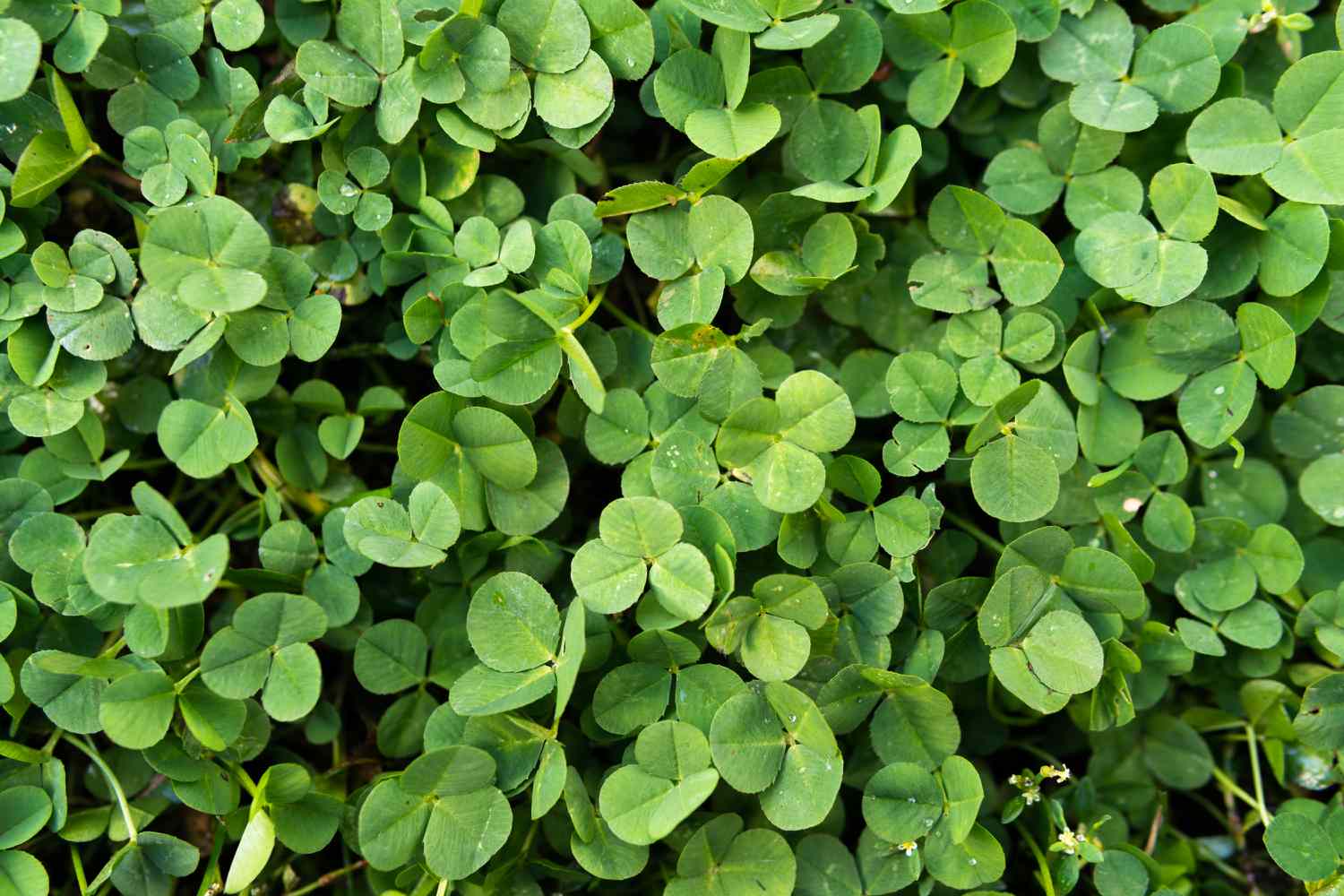

Landscaping Ideas
How To Plant A Clover Lawn Over Grass
Modified: February 18, 2024
Transform your lawn with our expert landscaping ideas. Learn how to plant a lush clover lawn over existing grass for a vibrant and eco-friendly yard.
(Many of the links in this article redirect to a specific reviewed product. Your purchase of these products through affiliate links helps to generate commission for Storables.com, at no extra cost. Learn more)
Introduction
So, you're considering transforming your traditional grass lawn into something more sustainable, eco-friendly, and visually appealing? Planting a clover lawn over your existing grass might just be the perfect solution. This alternative landscaping approach has been gaining popularity due to its numerous benefits and relatively low maintenance requirements.
In this comprehensive guide, we will delve into the process of planting a clover lawn over grass, covering everything from the advantages of this green makeover to the step-by-step instructions for successful implementation. By the end of this article, you will have a clear understanding of how to create a lush, vibrant clover lawn that not only enhances the beauty of your outdoor space but also contributes to the overall health of the environment. Let's embark on this green journey together and explore the wonders of clover lawns!
Key Takeaways:
- Transform your traditional grass lawn into a sustainable, low-maintenance clover oasis. Enjoy eco-friendly benefits, lush aesthetics, and support for local ecosystems with this visually captivating landscaping alternative.
- Prepare, plant, and nurture a resilient clover lawn for a vibrant, sustainable outdoor space. Embrace the beauty of clover blossoms and pollinator activity while contributing to a greener, more eco-conscious world.
Read more: When To Plant Clover Seed For Lawn
Benefits of Planting a Clover Lawn
Before diving into the process of planting a clover lawn over grass, it’s essential to understand the multitude of benefits that this alternative landscaping option offers. Clover lawns bring forth a plethora of advantages, ranging from environmental sustainability to practical and aesthetic appeal.
1. Eco-Friendly: Clover is a nitrogen-fixing plant, meaning it naturally enriches the soil by converting atmospheric nitrogen into a form that is readily available for other plants. This reduces the need for synthetic fertilizers, thereby promoting a more sustainable and environmentally friendly lawn care regimen.
2. Drought Tolerance: Clover exhibits remarkable resilience in the face of drought conditions, requiring less water compared to traditional grass lawns. This makes it an ideal choice for regions prone to water scarcity or water restrictions.
3. Low Maintenance: Unlike conventional grass lawns that demand frequent mowing, clover lawns maintain a modest and manageable height, reducing the need for extensive maintenance. Additionally, clover is resistant to pests and diseases, minimizing the reliance on chemical pesticides.
4. Lush Aesthetic: A clover lawn presents a lush, verdant appearance, adding a touch of natural elegance to your outdoor space. The delicate white flowers that adorn the clover plants create a charming, picturesque landscape that is visually captivating.
5. Soil Improvement: Clover’s deep root system helps aerate the soil and improve its structure, enhancing overall soil health. This can contribute to better water infiltration and retention, fostering a healthier growing environment for surrounding plants.
6. Pollinator Attraction: The nectar-rich flowers of clover attract beneficial pollinators, such as bees and butterflies, supporting local ecosystems and biodiversity.
By embracing the transition to a clover lawn, you not only reap these benefits but also make a positive impact on the environment and the well-being of your outdoor space. Now, let’s explore the essential steps for preparing and planting a clover lawn over existing grass.
Preparation for Planting
Before embarking on the journey of planting a clover lawn over your existing grass, it’s crucial to prepare the groundwork for successful establishment. The following steps will guide you through the essential preparations, ensuring that your clover lawn flourishes and thrives in its new environment.
1. Soil Assessment: Begin by assessing the quality of your soil. Clover thrives in well-draining, moderately fertile soil with a slightly acidic to neutral pH. Conduct a soil test to determine the pH level and nutrient composition of your lawn area. Based on the results, you can make any necessary amendments to optimize the soil conditions for clover growth.
2. Mowing and Thinning: Prior to planting clover seeds, mow the existing grass to a short height, allowing the clover seeds to make direct contact with the soil. If the grass is particularly dense, consider thinning it out to create space for the clover to establish itself. This can be achieved through raking or using a dethatching tool to gently loosen the top layer of the soil.
3. Weed Control: Address any existing weed growth in the lawn area before planting clover. Remove weeds manually or use an appropriate herbicide to eliminate persistent weed species. This step is crucial to prevent competing vegetation from encroaching on the clover’s growth space.
4. Soil Loosening: Aerating the soil promotes better root penetration and overall soil health. Consider aerating the lawn area to alleviate compaction and improve the soil’s capacity to absorb water and nutrients, creating an optimal environment for clover establishment.
5. Seedbed Preparation: Prepare the seedbed by raking the soil to create a smooth, level surface. This facilitates even seed distribution and ensures proper seed-to-soil contact, enhancing germination rates and seedling establishment.
6. Seed Selection: Choose high-quality clover seeds suited for your specific region and growing conditions. Consider a blend of white clover and micro clover for a diverse and resilient lawn. The selected seeds should be free from impurities and have a high germination rate, increasing the likelihood of successful establishment.
By meticulously preparing the soil and addressing any existing vegetation, you set the stage for a seamless transition to a flourishing clover lawn. The next step involves the strategic planting of clover seeds, marking the beginning of your lawn’s transformation. Let’s explore the process of planting the clover seeds and nurturing their growth.
Before planting a clover lawn over grass, make sure to mow the existing grass short and remove any debris. This will help the clover seeds make better contact with the soil for successful germination.
Planting the Clover Seeds
Now that the groundwork has been meticulously prepared, it’s time to embark on the exciting process of planting the clover seeds. This pivotal step sets the stage for the emergence of a vibrant and resilient clover lawn, brimming with natural beauty and environmental benefits. Follow these guidelines to ensure the successful establishment of clover seeds over your existing grass.
1. Seed Distribution: Begin by evenly distributing the clover seeds across the prepared seedbed. The use of a handheld spreader can facilitate uniform seed dispersal, ensuring comprehensive coverage of the designated lawn area. Aim for a seeding rate of approximately 1/4 to 1/2 pound of clover seeds per 1,000 square feet to achieve optimal coverage.
2. Seed-to-Soil Contact: After spreading the clover seeds, gently rake the soil to lightly cover the seeds, ensuring adequate contact with the soil. Avoid burying the seeds too deeply, as clover seeds require exposure to light for germination. Pressing the seeds into the soil with a roller or gently tamping them down can further enhance seed-to-soil contact, promoting successful germination.
3. Watering and Moisture: Following seed sowing, provide ample moisture to the seeded area. Lightly water the soil to ensure it remains consistently moist but not waterlogged. Adequate moisture is essential for seed germination and early seedling growth. Monitor the soil moisture levels regularly, especially during dry periods, to support the establishment of the clover seeds.
4. Germination and Growth: Clover seeds typically germinate within 7 to 10 days under optimal conditions. As the seeds sprout and the clover seedlings emerge, continue to provide consistent moisture to facilitate healthy growth. Avoid heavy foot traffic on the newly seeded area to prevent disturbance to the developing seedlings.
5. Overseeing Establishment: Keep a watchful eye on the progress of the clover seedlings. As they develop, ensure that they receive sufficient sunlight and moisture for robust growth. Monitor the lawn area for any signs of weed encroachment and address any emerging weed growth promptly to safeguard the burgeoning clover lawn.
By conscientiously tending to the planting process and nurturing the clover seeds through their germination and early growth stages, you pave the way for the emergence of a resilient and visually captivating clover lawn. The journey doesn’t end with planting; ongoing maintenance and care are essential to ensure the long-term vitality of your clover lawn.
Maintenance and Care
Once your clover lawn has taken root and begun to flourish, it’s essential to implement a tailored maintenance and care regimen to preserve its health and vibrancy. Proper maintenance practices will contribute to the longevity and resilience of your clover lawn, ensuring that it remains a sustainable and visually appealing landscape feature. Let’s explore the key aspects of maintaining and caring for your clover lawn.
1. Mowing: Unlike traditional grass lawns that require frequent mowing, clover lawns maintain a modest height and typically only need occasional mowing to keep the foliage tidy. Set your mower to a height of around 2 to 3 inches to maintain the clover at an optimal length. Mow when the clover reaches a height of approximately 4 inches, being mindful not to remove more than one-third of the plant’s height in a single mowing session.
2. Fertilization: Clover lawns benefit from minimal fertilization, thanks to the nitrogen-fixing properties of clover plants. However, if the soil lacks essential nutrients, consider applying a balanced, slow-release fertilizer sparingly. Opt for a fertilizer with a low nitrogen content to support healthy clover growth without stimulating excessive foliage at the expense of flower production.
3. Weed Control: Regularly inspect the clover lawn for any signs of weed encroachment. Address weeds promptly by hand-pulling or spot-treating them with an appropriate herbicide, ensuring minimal impact on the clover and surrounding vegetation. Maintaining a dense clover cover through proper care practices can naturally suppress weed growth.
4. Watering: While clover exhibits drought tolerance, providing supplemental watering during extended dry spells can promote healthy growth and lush foliage. Water the clover lawn deeply and infrequently, allowing the soil to dry out slightly between watering sessions to encourage robust root development.
5. Pest and Disease Management: Clover lawns are relatively resistant to common lawn pests and diseases. However, monitor the lawn for any signs of pest activity or disease symptoms. Should issues arise, employ targeted pest control measures or disease management strategies to safeguard the well-being of your clover lawn.
6. Enjoying Pollinator Activity: Embrace the vibrant ecosystem that your clover lawn fosters. Observe the delightful pollinator activity as bees and butterflies are attracted to the nectar-rich clover flowers. Supporting local pollinators contributes to the overall health and biodiversity of your outdoor environment.
By adhering to these maintenance guidelines and providing attentive care, you can nurture a flourishing clover lawn that not only enhances the visual appeal of your outdoor space but also contributes to a more sustainable and eco-conscious landscape. As you embark on this journey, remember that the rewards of a vibrant clover lawn extend beyond aesthetics, encompassing ecological benefits and a deeper connection to nature.
Read more: How To Plant Clover As Ground Cover
Conclusion
As we conclude this exploration of planting a clover lawn over existing grass, it’s evident that this eco-friendly and visually captivating landscaping approach offers a multitude of benefits for homeowners and the environment alike. By embracing the transition to a clover lawn, you not only enhance the allure of your outdoor space but also contribute to sustainable lawn care practices and the support of local ecosystems.
The journey of transforming your traditional grass lawn into a flourishing clover oasis begins with careful preparation, strategic planting, and dedicated maintenance. The resilience and low-maintenance nature of clover lawns make them an appealing choice for homeowners seeking a sustainable and visually appealing alternative to traditional turfgrass.
Throughout the process, from soil preparation to the nurturing of clover seedlings and ongoing maintenance, you play a pivotal role in fostering the vitality and charm of your clover lawn. By providing a conducive environment for clover growth, you create a haven for beneficial pollinators and contribute to the overall health of your outdoor ecosystem.
As you witness the delicate white clover blossoms adorning your lawn and observe the bustling activity of bees and butterflies, you’ll experience the rewards of your efforts in cultivating a vibrant and sustainable landscape. The lush, verdant expanse of your clover lawn serves as a testament to your commitment to environmental stewardship and the cultivation of a harmonious outdoor environment.
So, whether you’re drawn to the ecological benefits, the low-maintenance appeal, or the enchanting aesthetic of a clover lawn, this transformative landscaping endeavor offers a unique opportunity to redefine the conventional lawn and embrace a sustainable, nature-inspired alternative.
As you embark on this green journey, may your clover lawn flourish, providing a tranquil retreat and a flourishing habitat for nature’s delightful pollinators. Embrace the beauty and sustainability of a clover lawn, and revel in the joy of nurturing a landscape that harmoniously coexists with nature.
With each step toward a thriving clover lawn, you contribute to a greener, more sustainable world, one clover at a time.
Frequently Asked Questions about How To Plant A Clover Lawn Over Grass
Was this page helpful?
At Storables.com, we guarantee accurate and reliable information. Our content, validated by Expert Board Contributors, is crafted following stringent Editorial Policies. We're committed to providing you with well-researched, expert-backed insights for all your informational needs.
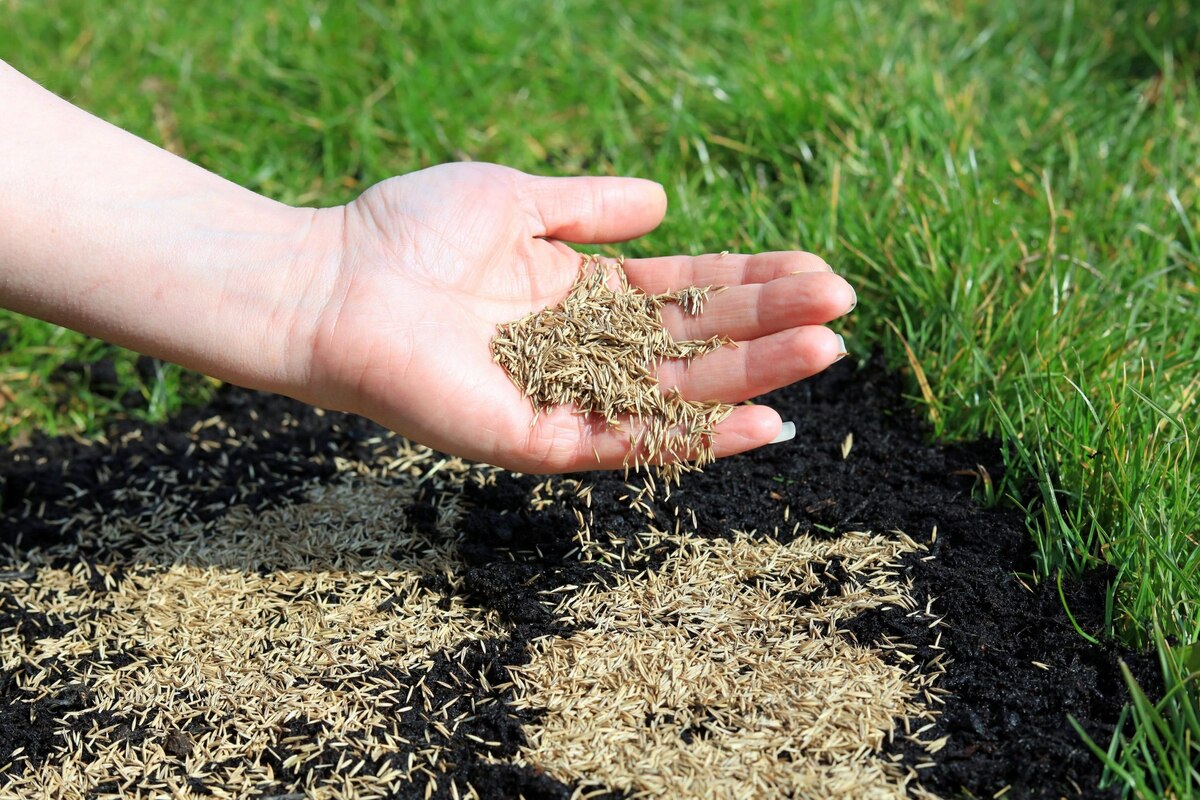

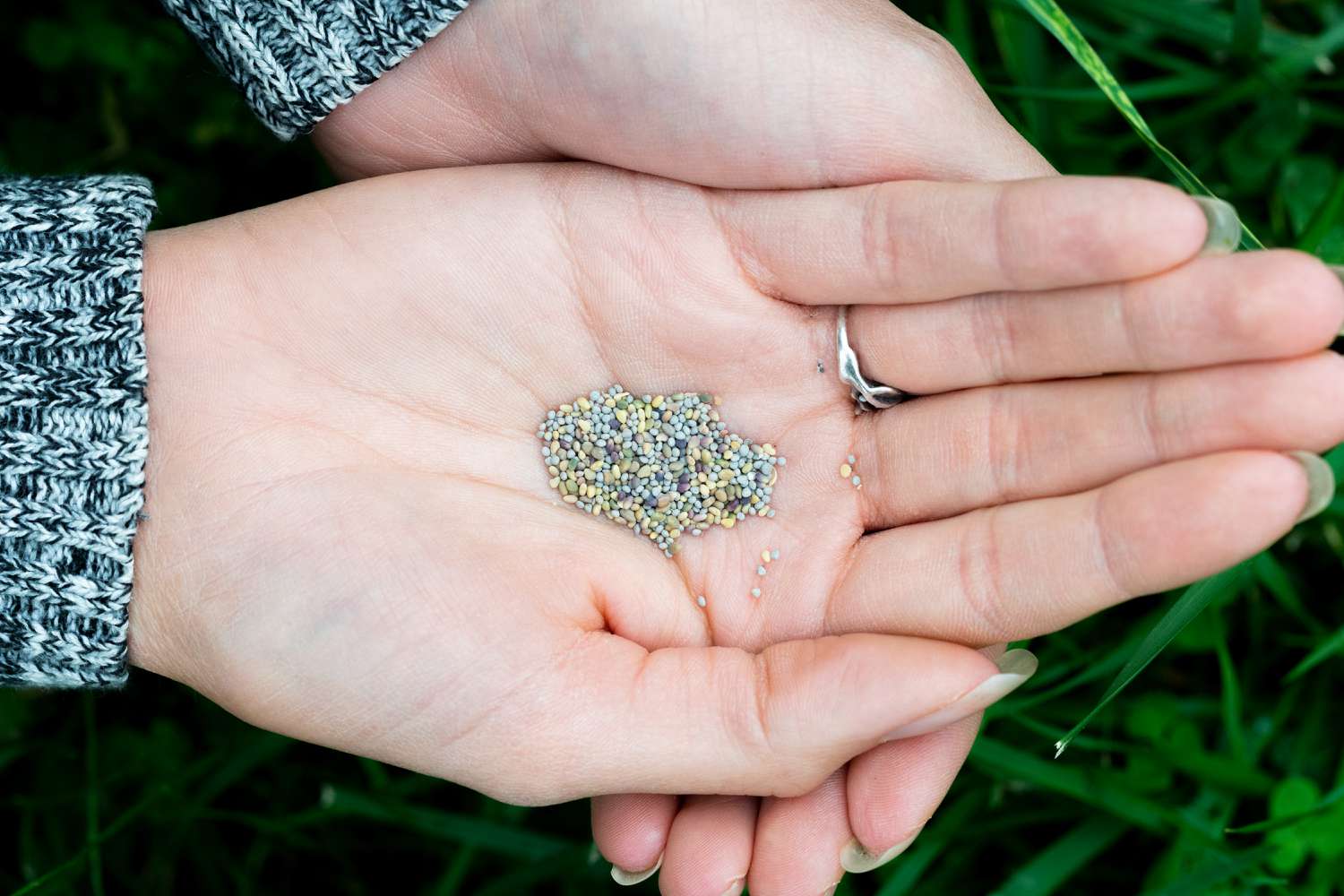
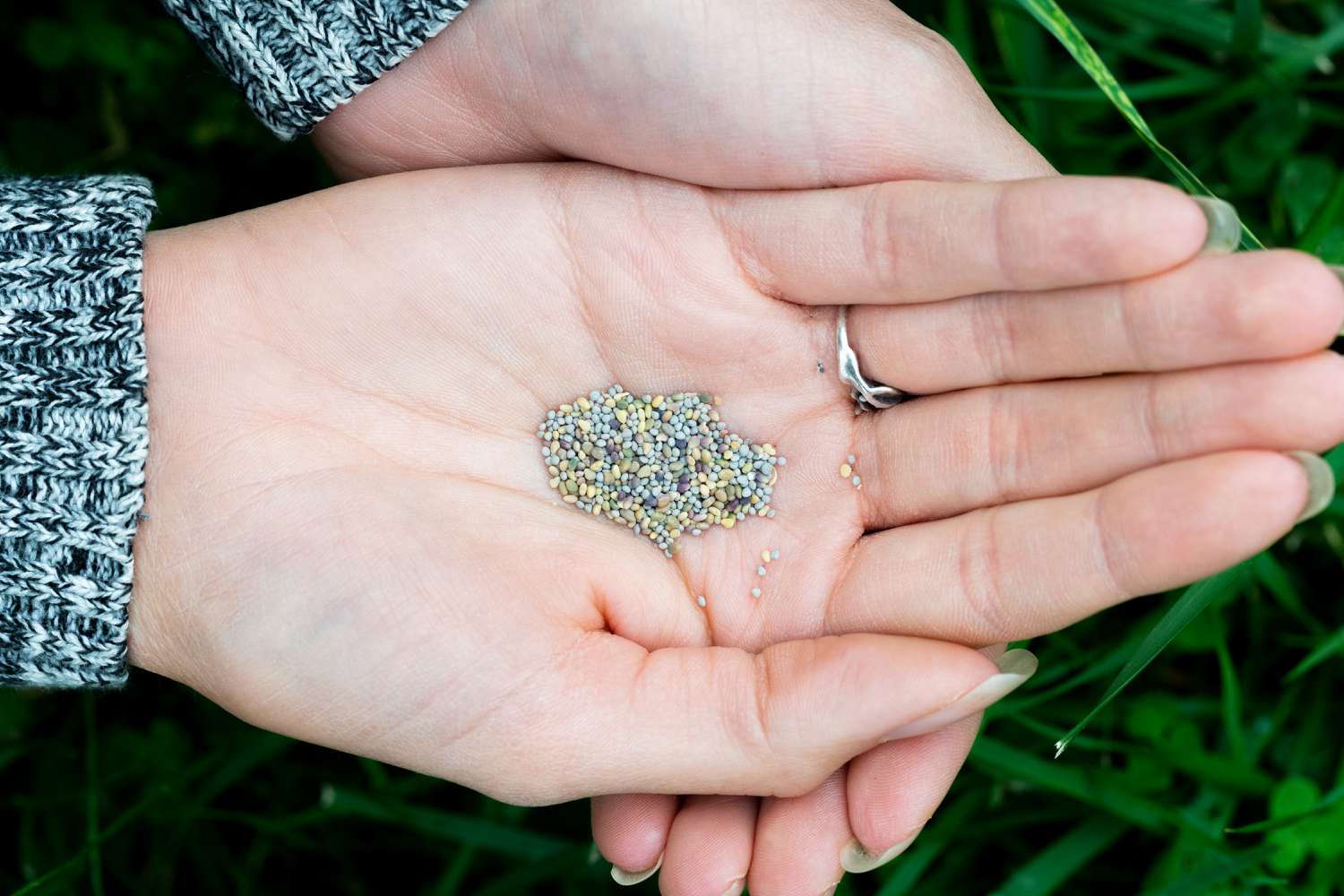
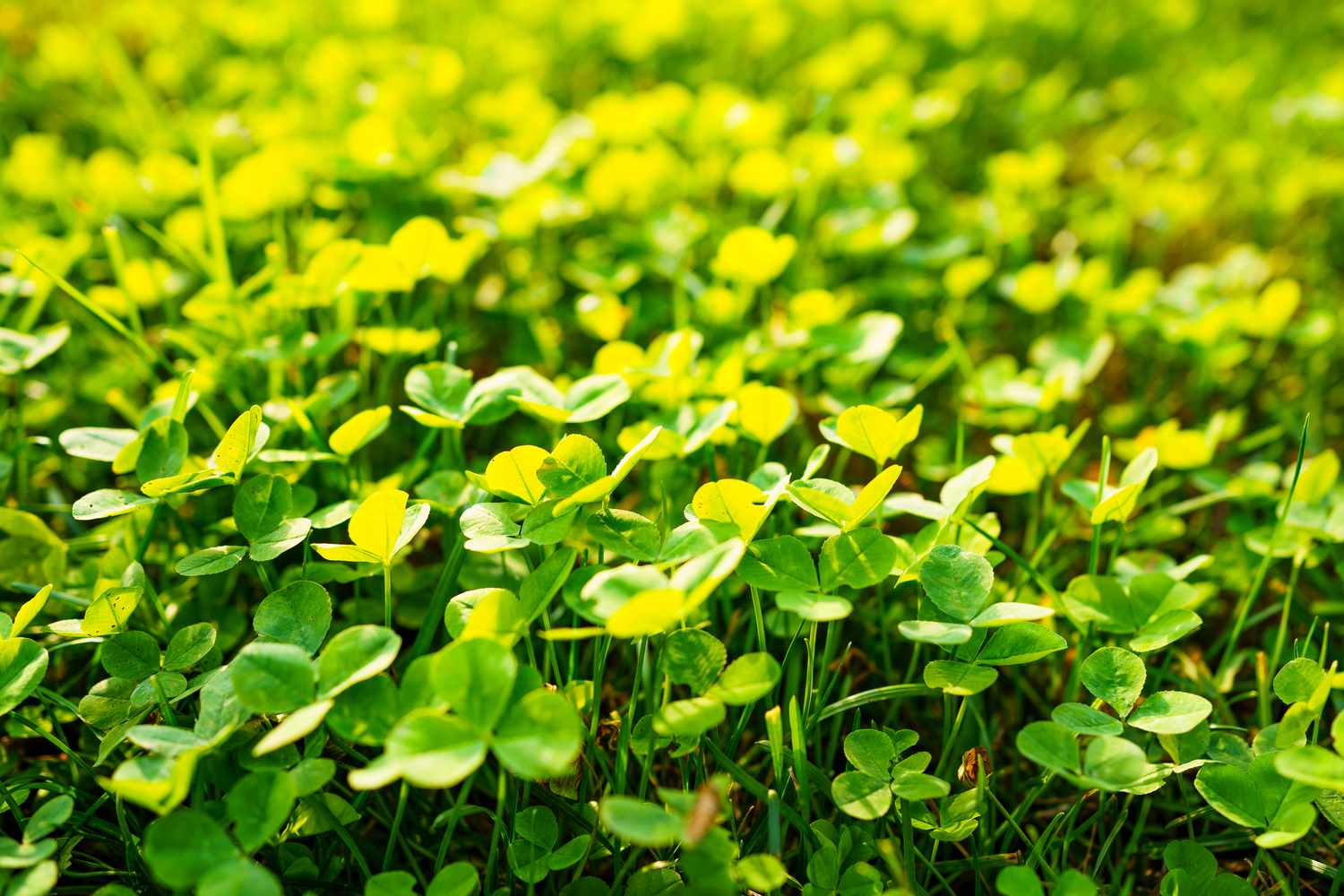
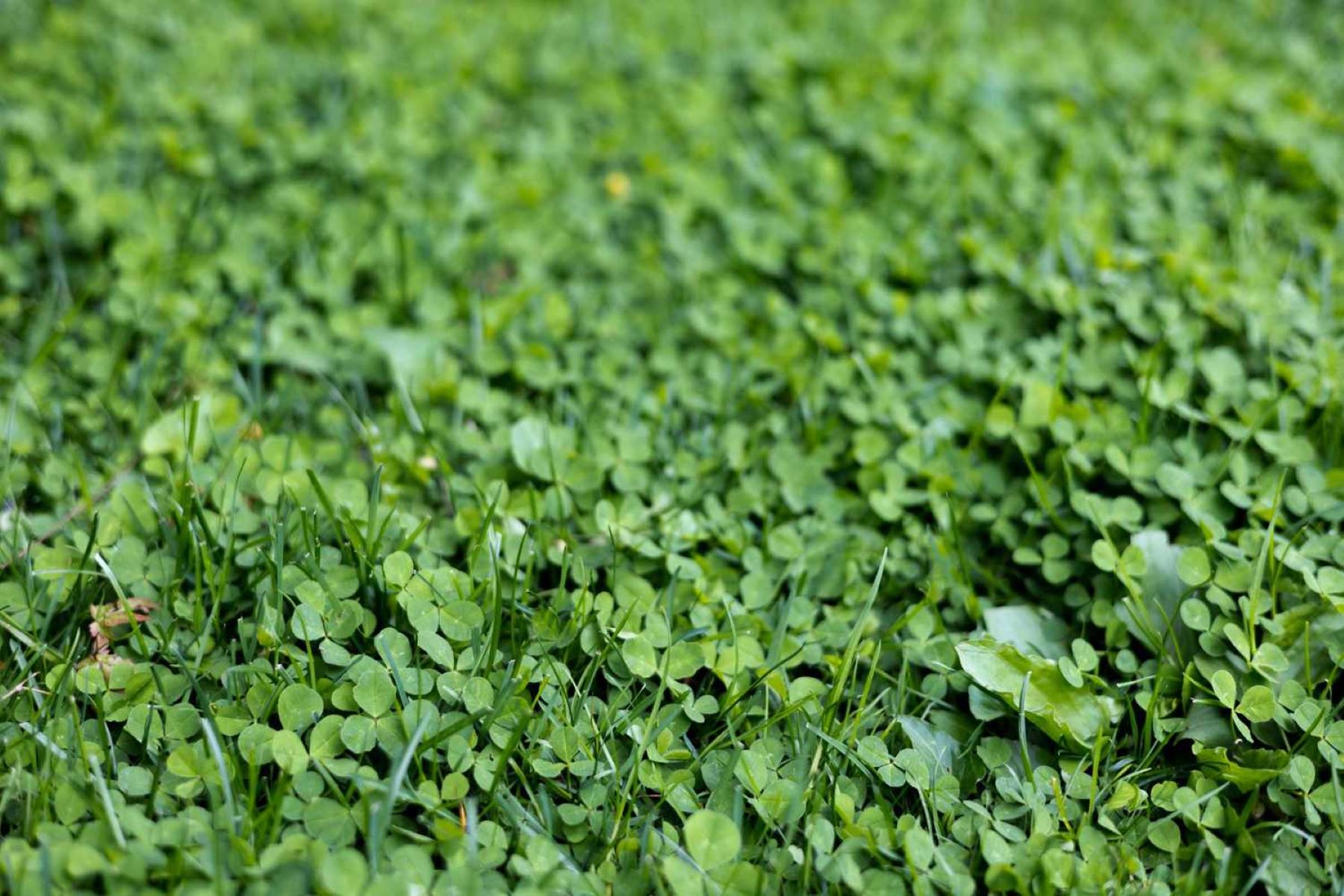
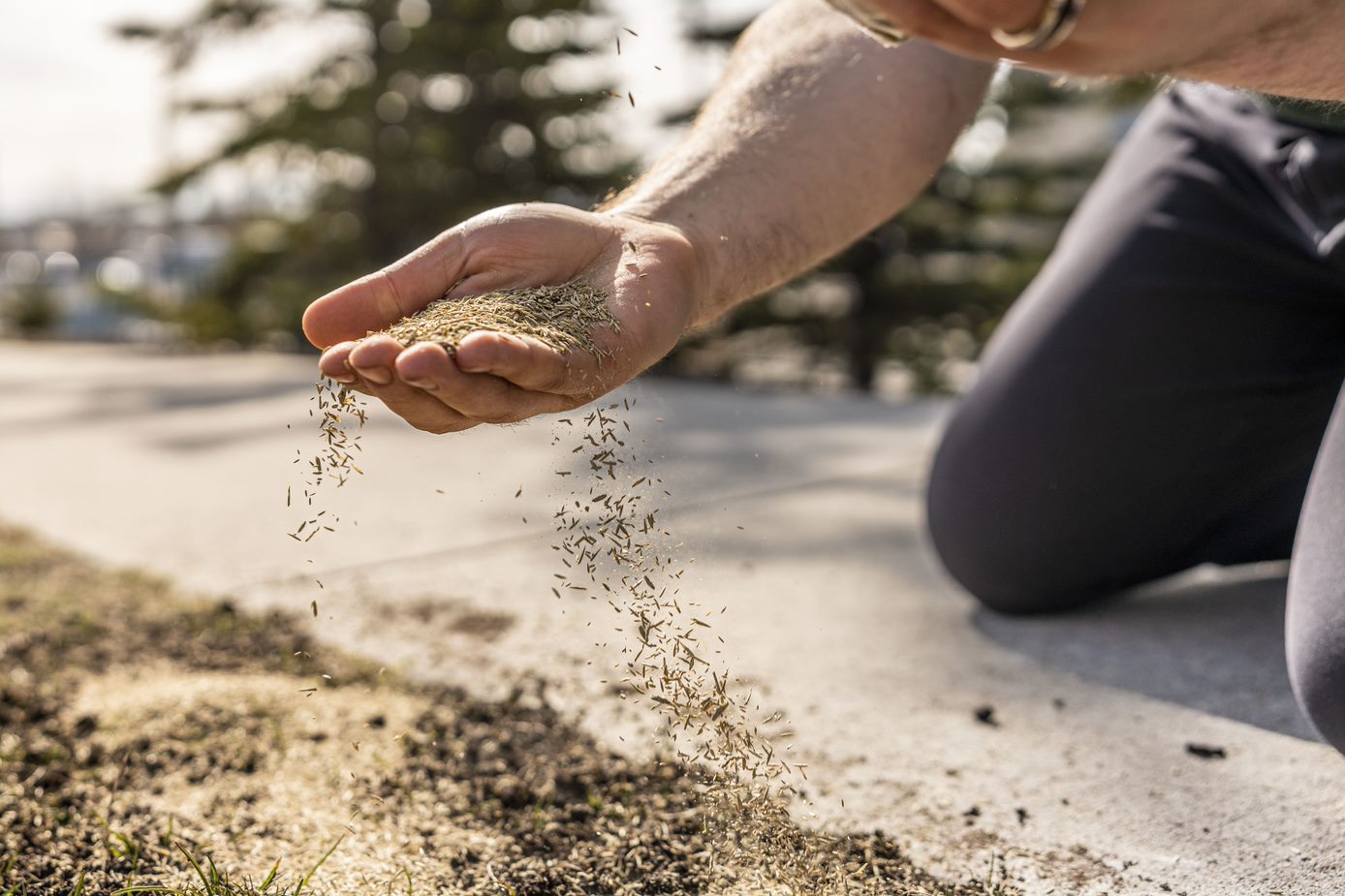
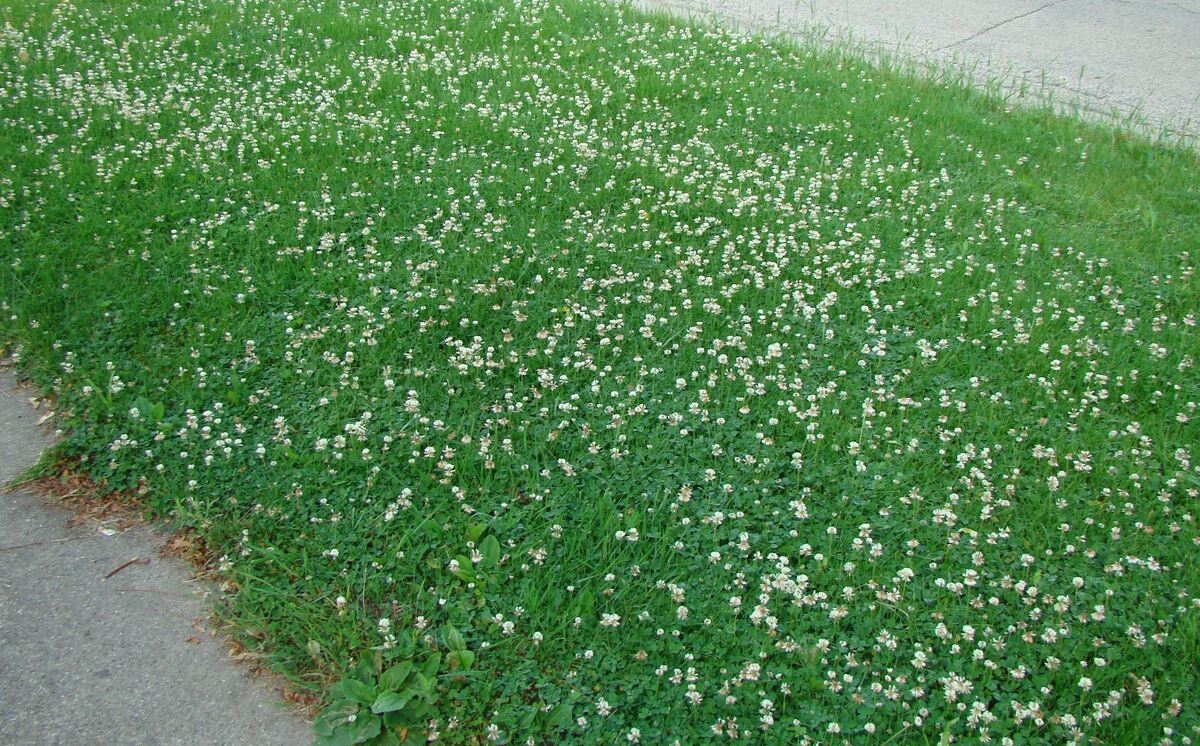
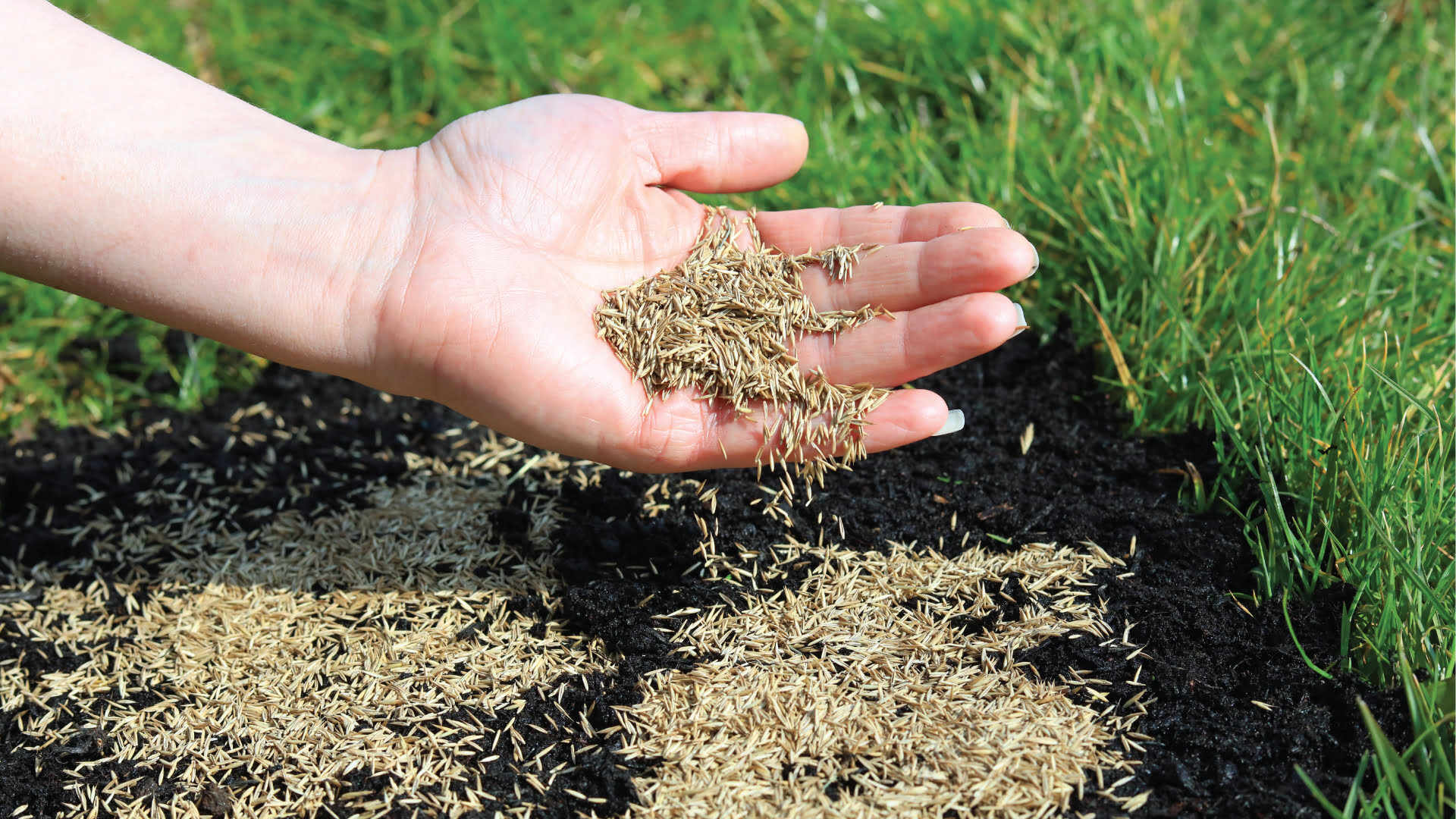
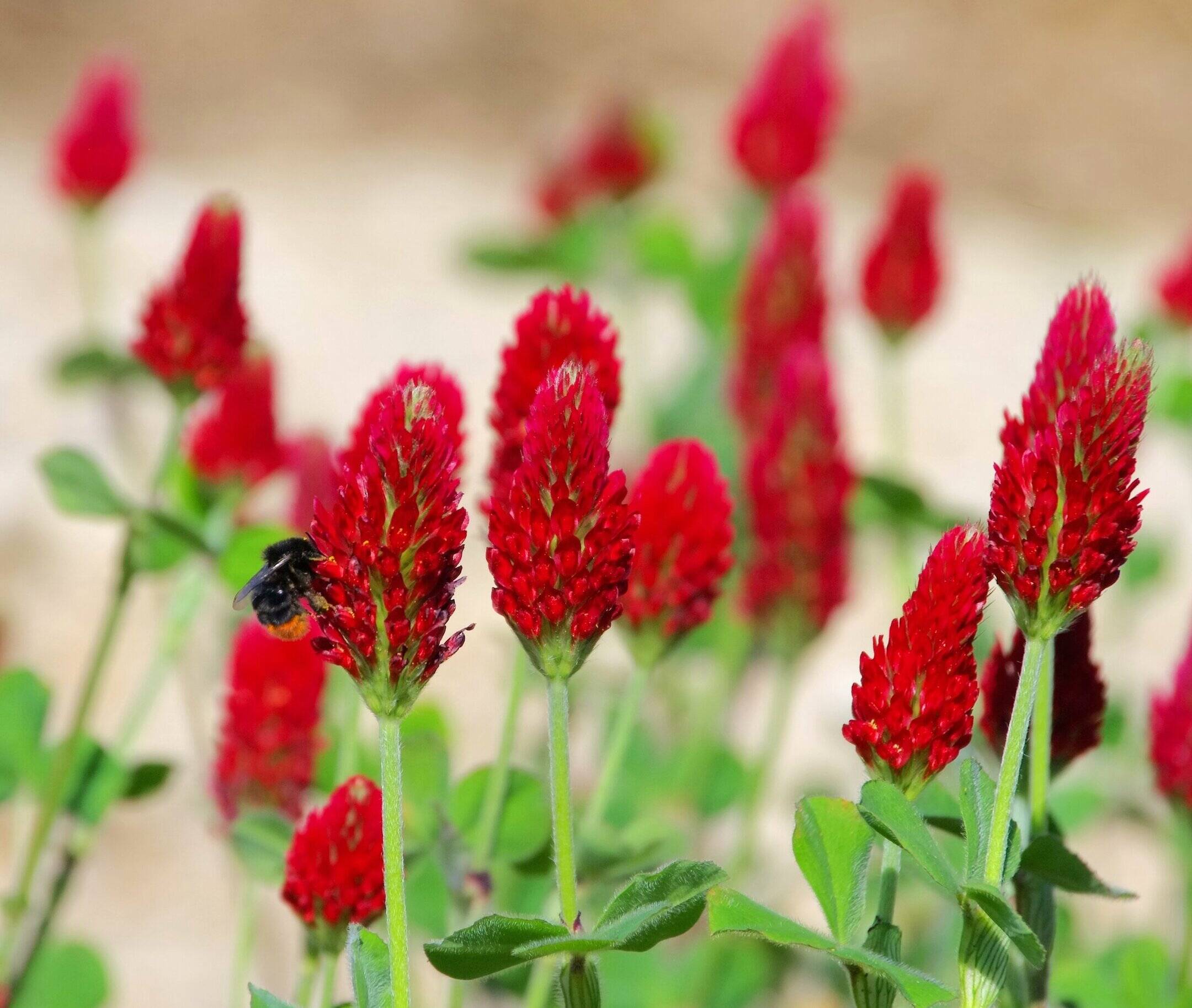
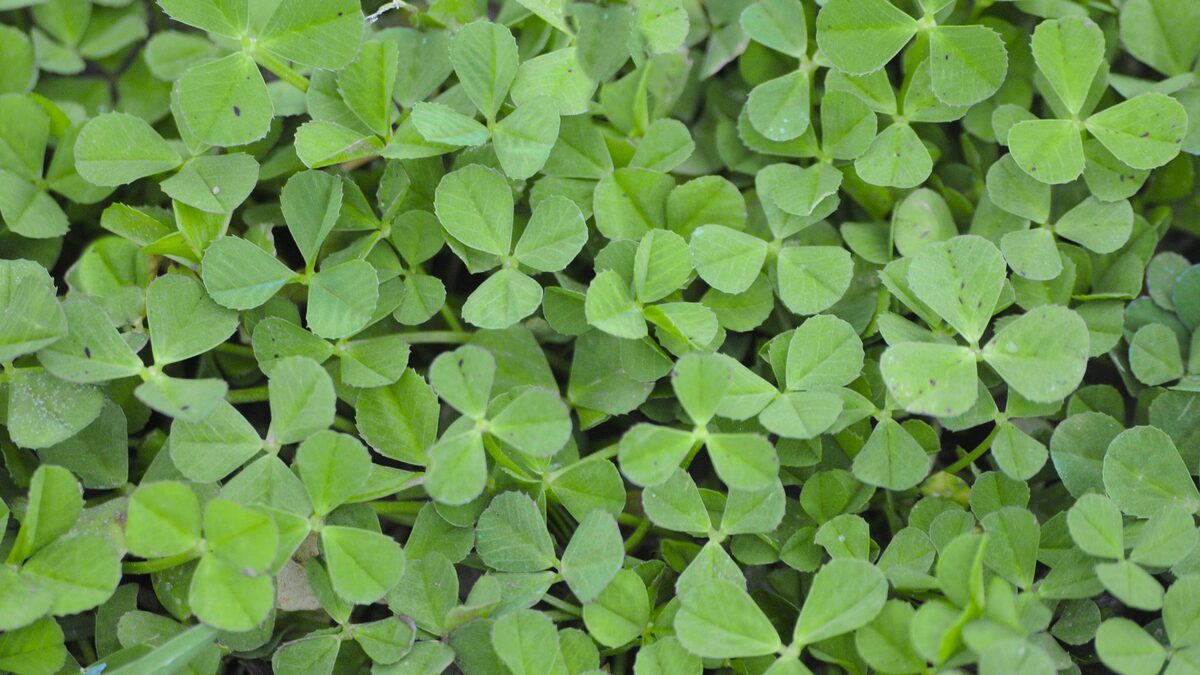
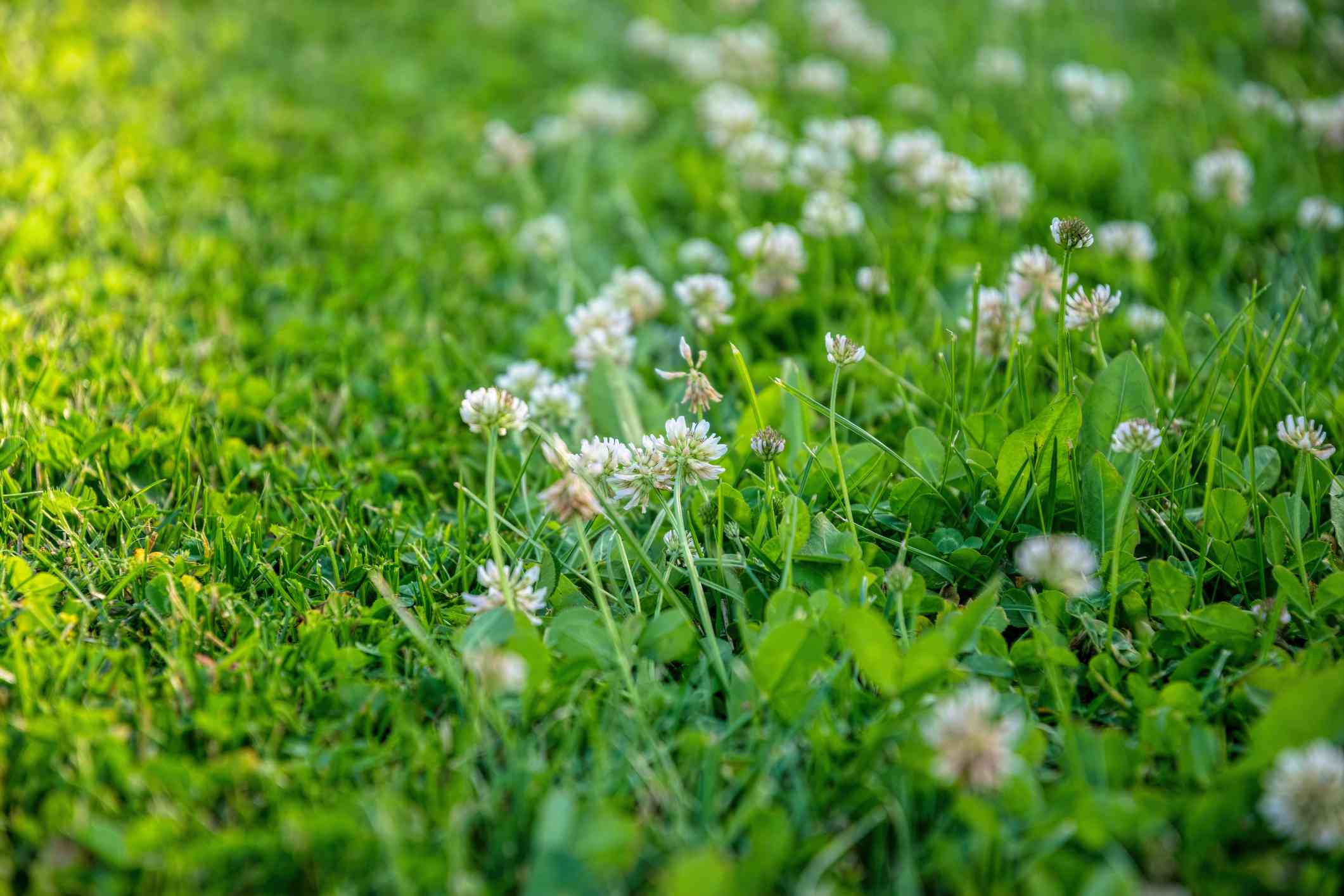
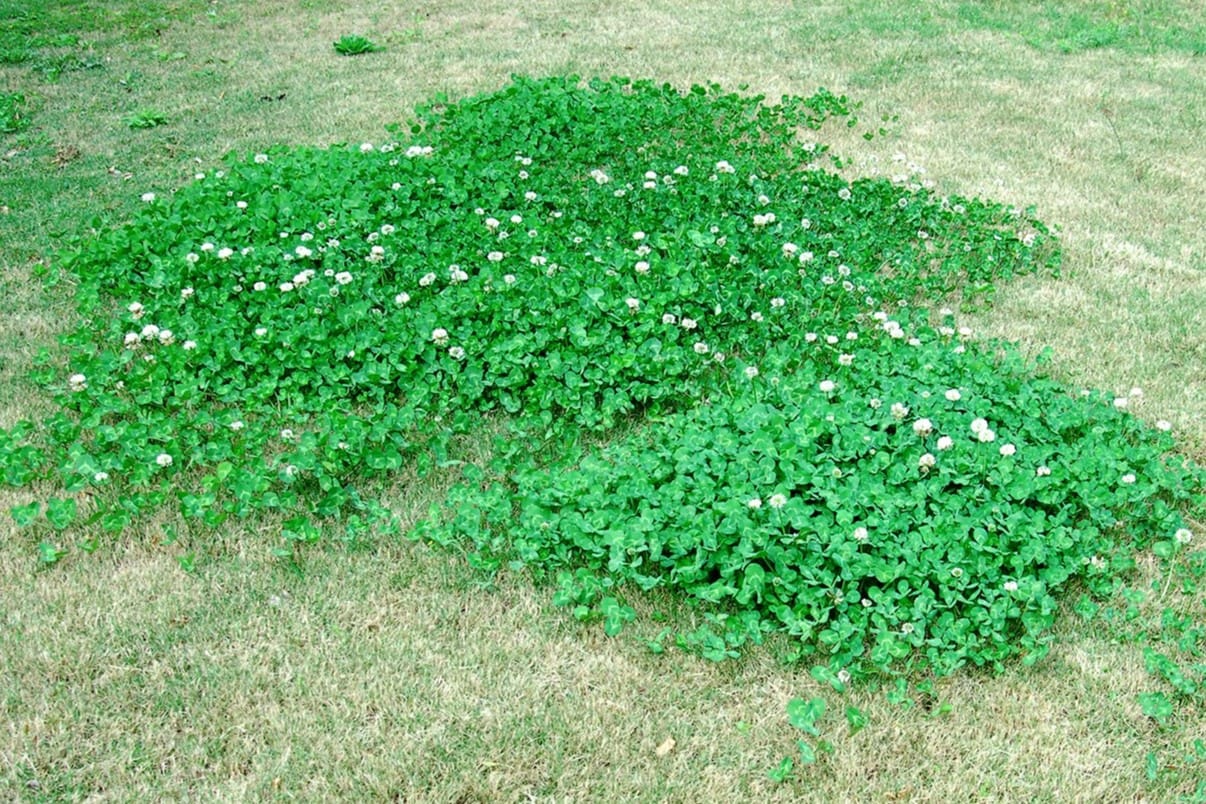


0 thoughts on “How To Plant A Clover Lawn Over Grass”